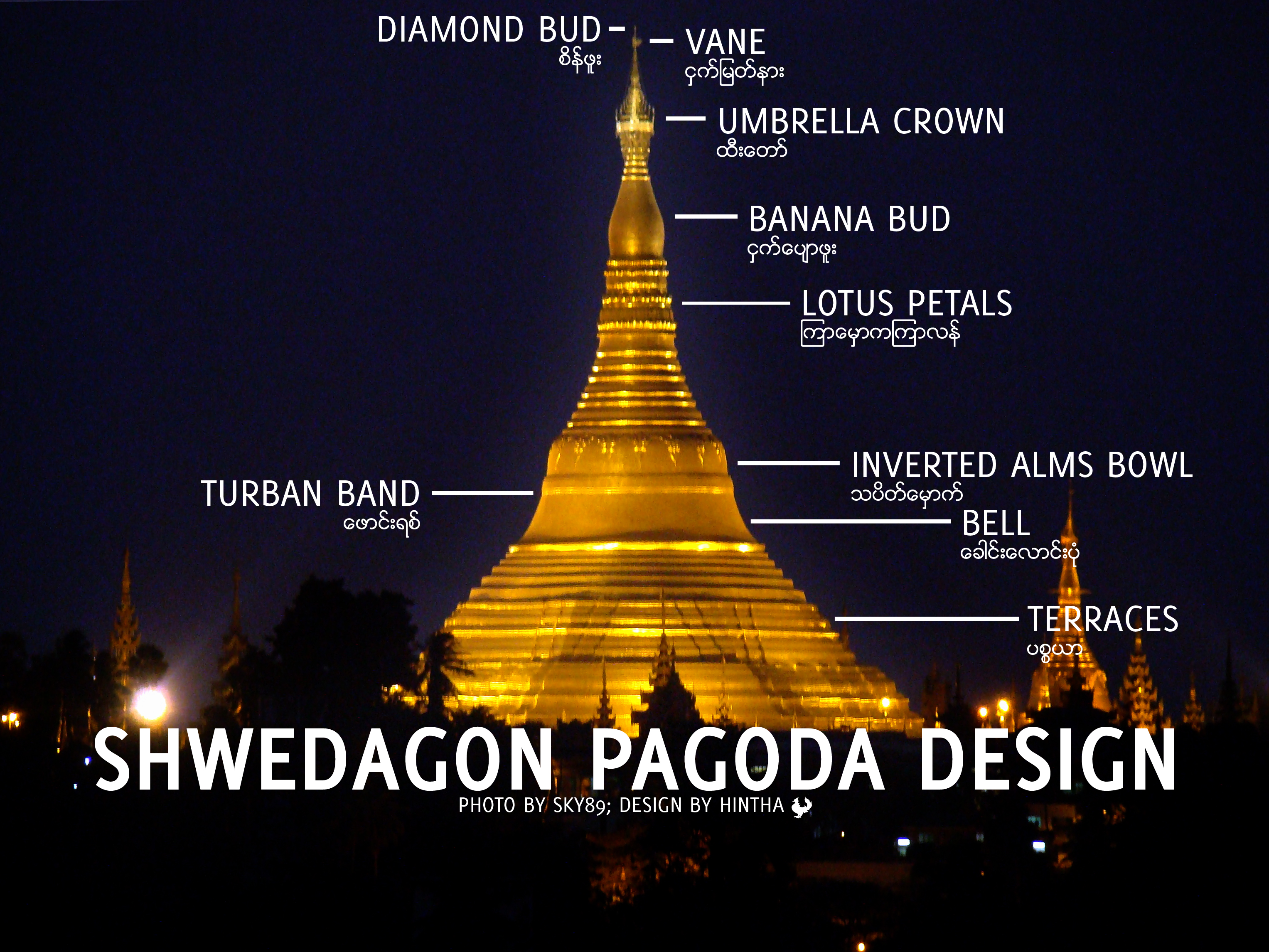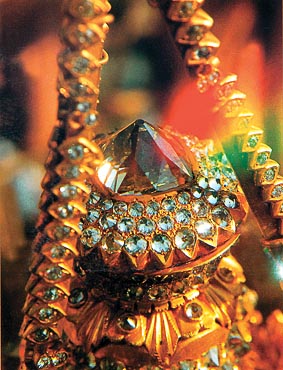An introduction to Myanmar:
Myanmar also known as Burma, is one of those countries that seem to have been favoured by nature. It has been described as the Golden Land, an eastern paradise of untouched natural scenery. But of course, everyone knows no country on earth is a real paradise and for all its wealth in nature, Myanmar is not among the richest of countries of the world today. Myanmar is an extremely exquisite country home to people of many different races and culture. It ranges from the Burmese People,who form the biggest racial group,that the name of the country is derived from and to major ethnic groups including; Karen, Kachin, Chin, Mon, Shan, Arakanese, Naga and Wa. There are more than 135 different ethnic groups in Burma, each with its own history, culture and language. The majority Burmese (Burma) ethnic group makes up about two-thirds of the population and controls the military and the government. The minority ethnic nationalities, making up the remaining one-third, live mainly in the resource-rich border areas and hills of Myanmar, although many have been forcibly removed from their homes by the military-backed government as it confiscates land for development projects and resource exploitation. As a result, millions of people from these minority groups have become internally displaced people (IDPs) within Burma, or refugees in neighbouring countries.
 |
| A chart on the different ethnic groups in Myanmar. |
.svg/2000px-Flag_of_Myanmar_(1974-2010).svg.png) |
| The old Myanmar Flag. |
 |
| The new Myanmar Flag. |
Yangon, Myanmar
Yangon also known as Rangoon, is another city in Myanmar which used to be the capital city until the military government relocated the capital to Naypyidaw in March of 2006. Yangon is the largest city in Myanmar with a population of over five million as it is the most important commercial centre in the whole of Myanmar. Although Yangon is not the most developed of cities in Southeast Asia, it is home to the largest number of colonial buildings in the Myanmar region today. Although both Myanmar and Yangon are adapting to the ever changing world, there will always be a piece of the past somewhere in the Yangon Region. One of the most iconic landmarks in Yangon has to be the Shwedagon Pagoda.
Shwedagon Pagoda
The Shwedagon, also known as the Great Dagon Pagoda and the Golden Pagoda, is a gilded stupa located in Yangon, Myanmar. It is a gargantuan 99 meters tall and it dominates the Yangon skyline. Out of the top 3 most noble and powerful pagodas in Myanmar, which includes the Kyaiktiyo Pagoda, Mahamuni Pagoda and the Shwedagon Pogoda, the Shwedagon Pagoda comes out top in the whole of Myanmar. The Shwedagon Pagoda is believed to contain 4 relics of the previous Buddhas of the present kalpa. Generally speaking, a kalpa is the period of time between the creation and recreation of a world or universe.
 |
The noble Shwedagon Pagoda at night.
|
 |
| An anatomy of the Shwedagon Pagoda. |
Fun Fact:While the Shwedagon Pagoda is gilded in a thin layer of gold, it also has jewels from its umbrella crown up all the way to the diamond bud. (You'll see why it is call that in a picture later on.) The jewels are and can be donated by the Burmese public at anytime.
 |
| The umbrella crown is what holds the vane and the diamond bud. This is the 3rd most highest point of the pagoda. |
 |
The vane of the pagoda is riddled with precious gems and stones.
This is the 2nd most highest point of the pagoda. |
 |
| This is the diamond bud of the pagoda. This the highest point of the pagoda. |
 |
| Upon a close up of the diamond bud, a 76 carat diamond can be seen on the very top of the pagoda. Hence, that is how the diamond bud got its name. |
Mandalay, Myanmar.
Another place that I went to during my trip to my home country was a city called Mandalay. Mandalay is the 2nd largest city behind Yangon and is the last royal capital city of Myanmar and it is located about 700 kilometers north of Yangon and has a population of just over 1.2 million. Mandalay is the economic hub of Upper Burma and considered the centre of Burmese culture. A contains a mix of Chinese immigrants, mostly from Yunnan, China and Burmese citizens. It has made an impact in Myanmar's ethnic diversity in Mandalay because of an increased commerce with Chinese immigrants. Despite Naypyidaw's rise to fame as the current capital of Myanmar, Mandalay remains upper Burma's main commercial, education and health centre.
 |
| A street view of Mandalay, near its city's train station. |
Mandalay is well known for it role in the colonial days as the place where the last king of Myanmar stayed. King Mindon was Burma's last known King and he chose Mandalay as his home and built his palace there. It is know today as Mandalay Palace where King Mindon passed on and was buried. His tomb still remains at the palace till his this day.
King Mindon Min
Mindon Min was the penultimate king of Burma (Myanmar) from 1853 to 1878. He was one of the most popular and revered kings of Burma. Under his half brother King Pagan, the Second Anglo-Burmese War in 1852 ended with the annexation of Lower Burma by the British Empire. Mindon and his younger brother Kanaung overthrew their half brother King Pagan. He spent most of his reign trying to defend the upper portion of his country from British encroachments, and to modernize his kingdom.
 |
A statue of King Mindon in Mandalay.
|
The Mandalay Palace
The Mandalay Palace, located in Mandalay, Myanmar, is the last royal palace of the last Burmese monarchy. The palace was constructed, between 1857 and 1859 as part of King Mindon's founding of the new royal capital city of Mandalay. The plan of Mandalay Palace largely follows the traditional Burmese palace design, inside a walled fort surrounded by a moat. The palace itself is at the centre of the citadel and faces east. All buildings of the palace are of one storey in height. The number of spires above a building indicated the importance of the area below.
 |
| The Mandalay Palace Grounds. |
 |
| A bastion at the Palace Wall. |
Mahamuni Buddha Temple
Another well know and liked place in Mandalay is the Mahamuni Buddha Temple. The Mahamuni Buddha Temple also called the (Mahamuni Pagoda) is a scared Buddhist temple and major pilgrimage site, located southwest of Mandalay, Burma (Myanmar). The Mahamuni Buddha image (literal meaning: The Great Sage) is deified in this temple, and originally came from Arakan. It is highly venerated in Burma and central to many people's lives, as it is seen as an expression of representing the Buddha's life.
 |
| A frontal view of the Mahamuni Buddha. |
Summary of my trip
A visit to one's home country and town can never be dull and boring. I mean its your home where you grew born and grew up how could it be boring? Anyways, it was the first time I went to Mandalay for me and I was en absolute eye opener. I got to know and learn more about my country's king and even had the chance to go to where my king used to lived. I would say that I am a bit smarter with my new found knowledge that I was able to witness and learn hands on and not finding out the answer on 's some website, where's the fun in that? Not being biased here but if I were to be given a chance to stay in my home country for the rest of my time, I wouldn't hesitate to say no.
*I'm sorry for the part on Mandalay for not being too detailed and short. I was really on time constraint as I was taking too long for on my first post since this is the very first time I've ever done a blog.

.svg/2000px-Flag_of_Myanmar_(1974-2010).svg.png)












No comments:
Post a Comment